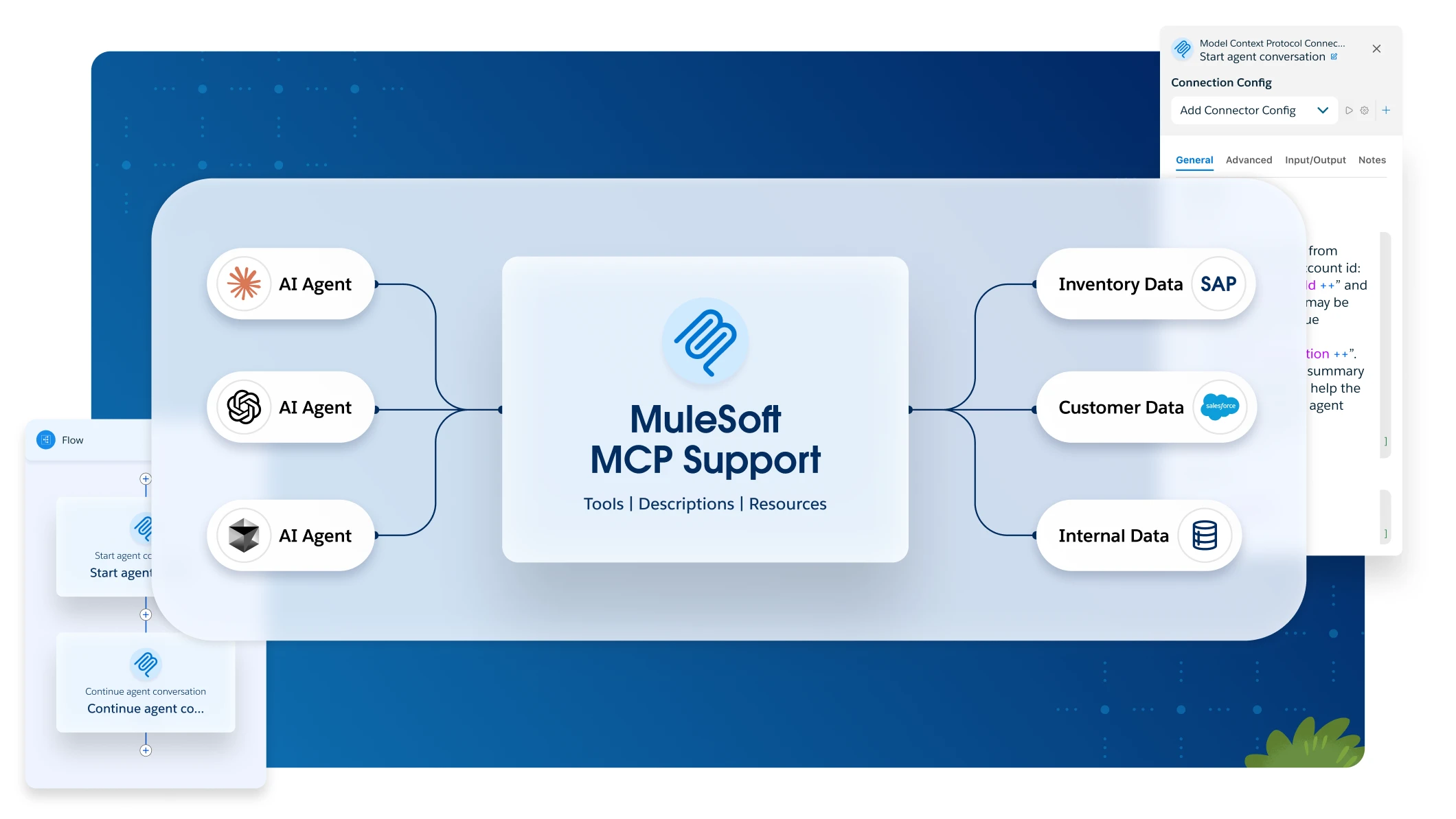%dw 2.0
var myInput = read('<bookstore>
<book>
<title>Everyday Italian</title>
<year>2005</year>
<price>30</price>
<author>Giada De Laurentiis</author>
</book>
<book>
<title>Harry Potter</title>
<year>2005</year>
<price>29.99</price>
<author>J K. Rowling</author>
</book>
<book>
<title>XQuery Kick Start</title>
<year>2003</year>
<price>49.99</price>
<author>James McGovern</author>
<author>Per Bothner</author>
<author>Kurt Cagle</author>
<author>James Linn</author>
<author>Vaidyanathan Nagarajan</author>
</book>
<book>
<title>Learning XML</title>
<year>2003</year>
<price>39.95</price>
<author>Erik T. Ray</author>
</book>
</bookstore>', 'application/xml')
output application/xml
---
bookstore: myInput.bookstore mapObject (book) -> {
book : {
title @(lang: "en", year: book.year): book.title,
price: book.price,
(book.*author map
author @(loc: "US"): $)
}
}Insert Attributes to an XML Tag
This DataWeave example uses @(key:value) syntax (for example, @(loc: "US")) to inject attributes to XML tags. The example populates the title element with two attributes and each of the author elements with one attribute.
It uses these functions:
-
mapObjectto iterate over each of the books in the input XML, defined in the variablemyInput. -
mapto iterate over theauthorelements in each book.
DataWeave Script:
Output XML:
<?xml version='1.0' encoding='UTF-8'?>
<bookstore>
<book>
<title lang="en" year="2005">Everyday Italian</title>
<price>30</price>
<author loc="US">Giada De Laurentiis</author>
</book>
<book>
<title lang="en" year="2005">Harry Potter</title>
<price>29.99</price>
<author loc="US">J K. Rowling</author>
</book>
<book>
<title lang="en" year="2003">XQuery Kick Start</title>
<price>49.99</price>
<author loc="US">James McGovern</author>
<author loc="US">Per Bothner</author>
<author loc="US">Kurt Cagle</author>
<author loc="US">James Linn</author>
<author loc="US">Vaidyanathan Nagarajan</author>
</book>
<book>
<title lang="en" year="2003">Learning XML</title>
<price>39.95</price>
<author loc="US">Erik T. Ray</author>
</book>
</bookstore>


